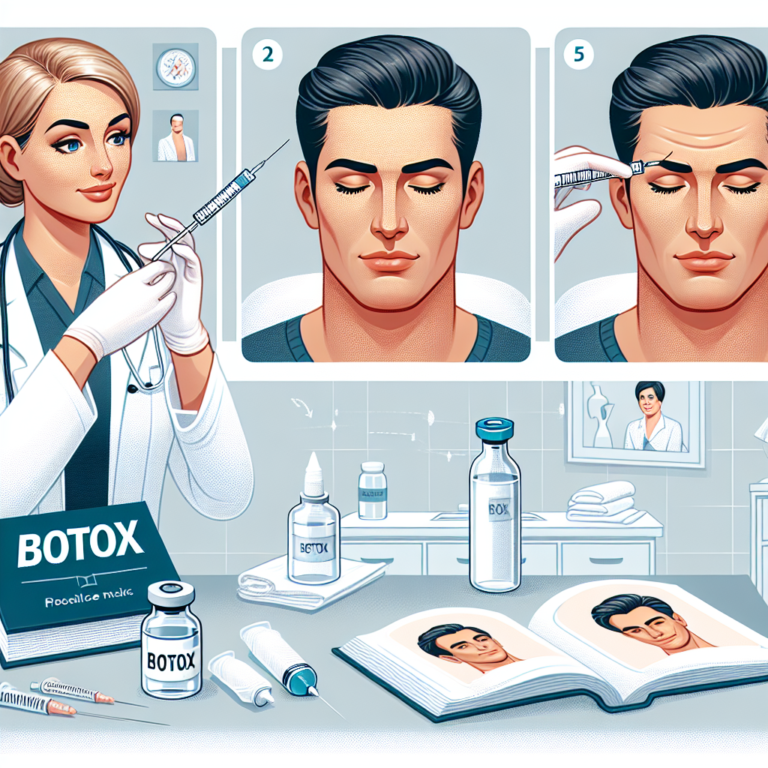In recent years, Botox has become a household name, synonymous with beauty treatments that promise to erase the signs of aging. As an FDA-approved injectable neurotoxin, Botox (botulinum toxin type A) is primarily used to reduce the appearance of fine lines and wrinkles. However, many people still have questions about how it works, its safety, and what they can expect before and after treatment. This article aims to provide a comprehensive overview of Botox, demystifying the process and helping you make informed decisions.
What Is Botox?
Botox is derived from the bacterium Clostridium botulinum. When used in controlled doses, it temporarily paralyzes the muscles in the treated area, which minimizes muscle contractions that lead to wrinkles. Initially developed for medical uses such as treating muscle spasms, Botox gained fame in the cosmetic industry for its ability to smooth out facial lines.
How It Works
-
Mechanism of Action:
Botox works by blocking the release of acetylcholine, a neurotransmitter responsible for muscle contractions. When injected into specific muscles, it prevents them from contracting and thus softens the appearance of wrinkles. -
Target Areas:
Common treatment areas include:- Forehead lines (horizontal lines across the forehead)
- Frown lines (between the eyebrows, also known as glabellar lines)
- Crow’s feet (lines at the outer corners of the eyes)
- Neck bands
- Procedure:
The Botox procedure is relatively quick and straightforward:- Consultation: The journey begins with a consultation with a qualified medical professional to discuss your goals, assess your facial structure, and determine the appropriate treatment plan.
- Injection: The actual injection process typically takes about 10-30 minutes. Using a fine needle, the practitioner will inject small amounts of Botox into the desired areas, aiming for precision and minimal discomfort.
What to Expect After Treatment
-
Immediate Effects:
After your Botox injections, there may be some initial redness, swelling, or bruising at the injection sites. These effects are usually mild and resolve within a few hours. -
Onset of Results:
While some individuals may notice improvements almost immediately, full results typically manifest within 3 to 10 days post-treatment, as the toxin takes time to inhibit muscle activity. -
Duration:
The effects of Botox are not permanent. Results generally last between 3 to 6 months, after which muscle activity returns, and wrinkles may reappear. Regular maintenance treatments are recommended to sustain desired results. - Post-Treatment Care:
To maximize the effectiveness of Botox, patients should follow specific post-treatment guidelines, including:- Avoiding strenuous exercise for 24 hours
- Refraining from massaging or rubbing the treated areas
- Staying upright for a few hours post-injection
Safety and Side Effects
Botox is considered safe when administered by a qualified healthcare professional. However, like any medical procedure, it carries potential risks and side effects. Common side effects may include:
- Mild pain, swelling, or bruising at the injection site
- Headaches
- Temporary muscle weakness in nearby areas
Serious complications are rare but can include allergic reactions or complications related to improper administration. Always ensure that you are treated by a licensed and experienced injector to minimize risks.
Conclusion
Botox has established itself as a leading cosmetic treatment for those seeking a more youthful appearance without invasive surgical procedures. Understanding how it works and what to expect can empower you to make informed decisions regarding your aesthetic goals. As with any medical treatment, don’t hesitate to ask questions and voice any concerns during your consultation. With the right approach, Botox can be a valuable tool in enhancing your natural beauty.


